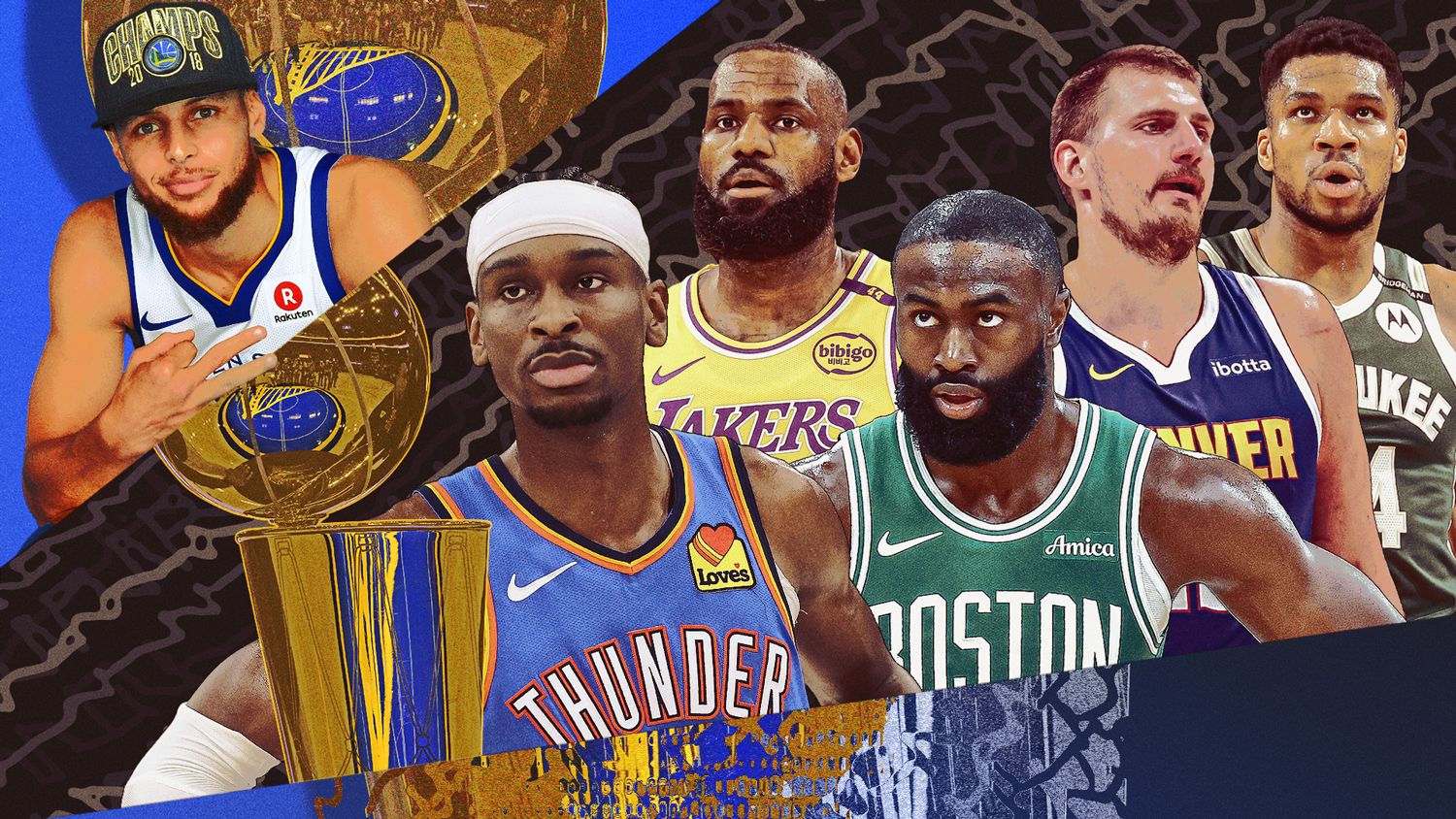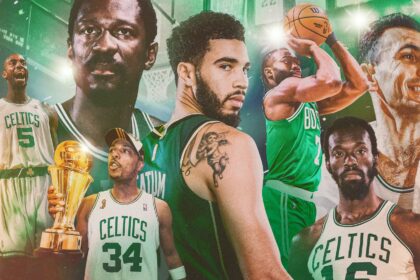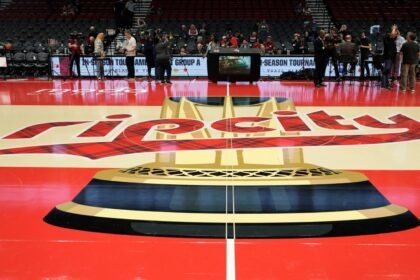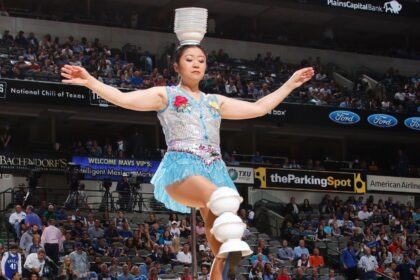The End of Dynasties in the NBA?
The NBA has historically been a fertile ground for dynasties. From Bill Russell’s Celtics in the 1960s, through the rivalry between Magic Johnson and Larry Bird in the 80s, to Michael Jordan’s Bulls and the Lakers and Spurs of the 90s and 2000s, the league has been characterized by the dominance of certain teams for extended periods. In the 2010s, LeBron James, with both the Miami Heat and the Cleveland Cavaliers, and the Golden State Warriors led by Stephen Curry, continued this tradition. However, since the Warriors won consecutive titles in 2017 and 2018, the NBA has experienced unprecedented parity. Seven different champions have lifted the Larry O’Brien trophy, marking the period of greatest parity in league history. In addition, in that time, there were 11 different finalists, another record. In the last six postseasons, the defending champion has failed to reach the conference finals. This situation is reminiscent of the late 70s, when there were six different champions between 1975 and 1980, with eight different teams in the finals. The league is at a point where all 30 franchises, if managed properly, can aspire to the championship, a goal that commissioner Adam Silver has promoted in the latest collective bargaining agreements.The key question is whether the new system, largely driven by the new collective bargaining agreement (CBA), has fundamentally altered the way the league and its teams operate. Have dynasties come to an end, or are we on the verge of a new era?“I think parity of opportunity is good for the league,” Silver stated last month. “When more teams have a real chance to win a championship, the competition on the court is more compelling and fans in more markets get engaged. We didn’t set out to have a different champion every year, and I’m not against dynasties as long as they’re built within a fair system.”
Adam Silver

The Cost of Staying on Top
Following the Oklahoma City Thunder’s victory in their first championship, General Manager Sam Presti was asked whether salary restrictions would affect the franchise’s ability to remain a title contender. Presti noted that there is still little experience with the new rules.
However, many in the league do not share Presti’s opinion, believing that dynasties could be a thing of the past, despite the apparent window of opportunity for the Thunder.Salary restrictions have forced teams with large budgets to rethink their strategies. The Boston Celtics, who were close to having the most expensive roster in NBA history, reduced their payroll by hundreds of millions of dollars by trading Jrue Holiday and Kristaps Porzingis, key pieces in their 2024 title. In addition, they lost Al Horford and Luke Kornet in free agency. The Cleveland Cavaliers, the only team that exceeded the second salary threshold, lost Ty Jerome, a Sixth Man of the Year finalist, in free agency due to spending limitations. The Denver Nuggets were forced to trade an unprotected 2032 first-round pick, along with Michael Porter Jr., to acquire Cameron Johnson, achieving significant savings. These are the decisions that Silver and the league intended to foster with the current rules. This has put a value on each move and on each dollar.“Our system will allow successful teams to stay together, but those teams will have to make more difficult decisions,” Silver said.
Adam Silver
Template Errors: The End of a Dynasty
For a team to defy the current trend and become a dynasty, it is not only crucial to accumulate talent, but also to avoid negative or overvalued contracts. The current system prioritizes flexibility, harming teams that do not focus on maintaining it and punishing franchises that sacrifice it in pursuit of a title. The Clippers, for example, chose not to re-sign Paul George, prioritizing flexibility over retaining a talented but declining star. George signed a maximum four-year, $212 million contract with the Philadelphia 76ers. The Clippers, after a 50-win season, added quality veterans and can reshape their roster in 2027. The 76ers, on the other hand, only got 41 games from George, who underwent another knee surgery, and also deal with the uncertainty of another maximum contract with Joel Embiid, which casts doubt on their chances of competing for the championship. The New York Knicks have built a competitive starting five with Jalen Brunson, Josh Hart, Mikal Bridges, OG Anunoby, and Karl-Anthony Towns, while the Cavaliers hope their core of Donovan Mitchell, Evan Mobley, Darius Garland, and Jarrett Allen remains together. The Orlando Magic, for their part, bet big by acquiring Desmond Bane, seeking to create a quartet with Paolo Banchero, Franz Wagner, and Jalen Suggs.The reigning champion Thunder appear to be better positioned to navigate the league’s financial landscape. They signed their stars, Shai Gilgeous-Alexander, Jalen Williams, and Chet Holmgren, to extensive contract extensions. Furthermore, they surrounded these figures with veterans on sensible contracts and players on rookie deals, which will allow them to avoid the luxury tax until the end of the decade. The dispersion of talent in the league has never been greater. Teams like the Rockets, Lakers, Warriors, and Clippers have reinforced their rosters with renowned players, which intensifies the competition in the Western Conference. Three of the 15 players selected for last season’s All-NBA teams (James, Curry, and Harden) are 35 or older, while several players, such as Jalen Williams, Cade Cunningham, and Mobley, were under rookie scale contracts. The young talent and the longevity of current stars suggest that this new normal could endure. The expansion could further dilute talent, but as long as the stars maintain a high level of play, parity could consolidate.Will a Dynasty Rise Again?The current parity in the NBA coincides with the ABA-NBA merger in 1976, which introduced new teams and talent. The COVID-19 pandemic has also had an influence, keeping the salary cap stable for three seasons. Player contracts, on the other hand, have continued to increase, generating a cascading effect on team finances. Salary restrictions will grow at the same rate as the salary cap, offering a wider margin for teams to operate. In addition, there are new flexible tools, such as the mid-level exception to acquire players through transfers. If the choice is between two, parity prevails over a few teams dominating for years. Silver believes that a certain level of player movement is healthy for a 30-team league. The famous Chicago Bulls dynasty of the 1990s had Michael Jordan, Scottie Pippen, and coach Phil Jackson as cornerstones. However, general manager Jerry Krause replaced all the other players from the 1993 team before the Bulls won again in 1996. The dispersal of talent is positive, as it prevents a single team from hoarding all the talent. The Thunder, with Chet Holmgren, Shai Gilgeous-Alexander, and Jalen Williams, could stay together, but players like Aaron Wiggins and Lu Dort might have to leave as the stars progress and become more expensive. The current direction of the league is intriguing, with diverging opinions on whether parity is beneficial for the business. If the goal is for all teams to have a real chance, parity is positive. The undeniable fact is that Silver’s ultimate goal, championship opportunity parity, could have been achieved.“Our goal is not to win the East. The goal is to win a championship,” said Jeff Weltman, Magic president.
Jeff Weltman
“It’s too early to make any kind of proclamation, but the fact that we’ve had seven different champions in the last seven years is a good indication that we’re going in the right direction,” Silver said.
Adam Silver











